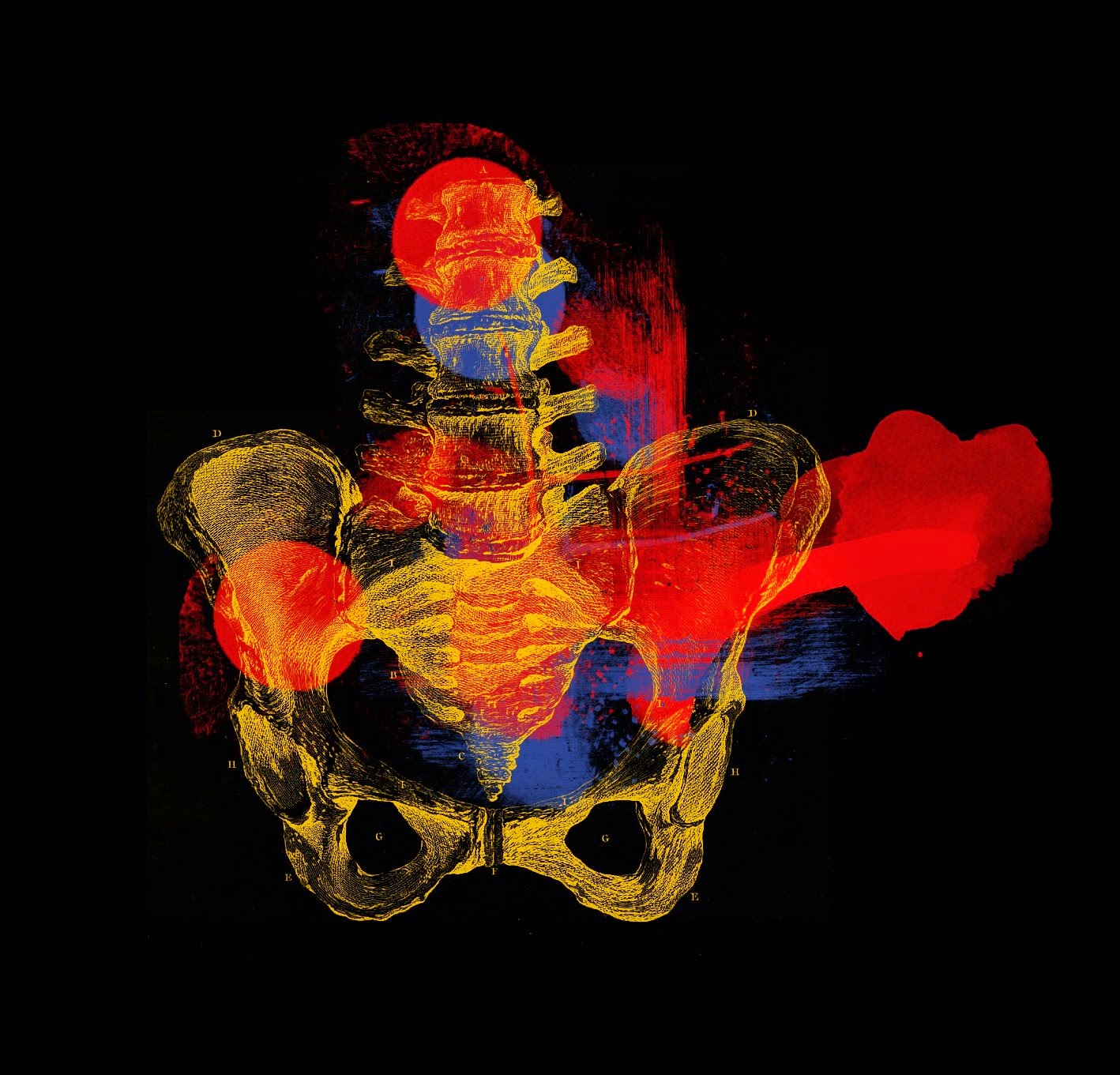samoa MX's photostream on Flickr.
sábado, 15 de junio de 2013
jueves, 13 de junio de 2013
martes, 11 de junio de 2013
Terry Rodgers, American realist painter born in 1947 in New Jersey. Terry Rodgers' art creates scenes where you can find cross members, women half naked. men half lost. A room full to the brim with guests filthy rich. Stones, drunk, they walk like zombies in what appears to be a millionaire's villa, perched on the Hollywood Hills. But really, who are these women and men? Wannabe? Bimbos? Gigolos? What are they looking for? Fun? An agent? A role? A name? Sometimes between two bodies is believed to recognize Paris Hilton or Amanda Lepore. But are they original? And if it is the real, what are they doing there? Love it anyway:-)
domingo, 9 de junio de 2013
domingo, 2 de junio de 2013
Roberto Ferri was born in Taranto in 1978. In 1996 he graduated from the “Lisippo” art high school in Taranto. He began studying painting on his own and, after moving to Rome in 1999, he embarked upon an in-depth analysis of antique painting, ranging from the early Sixteenth Century to the late Nineteenth Century. In particuliar, he began dedicating himself to the art of Caravaggio and the academy (Jaques-Louis David, Jean Auguste Dominique Ingres, Anne-Louis Girodet, Jean –Louis Theodoe Gericault, Charles Gleyre, William-Adolfe Bouguereau etc.). In 2006 he gained his degree, with first class honours, from the Academy of Fine Arts in Rome, in Stage Design. His works are included in prestigious private collections in Rome, Milan, London, Paris, New York, Madrid, Barcelona, Miami, San Antonio (Texas), Qatar, Dublin, Boston, Malta and the Castle of Menerbes in Provence.About him, the Italian art critic Vittorio Sgarbi says: “Ferri is a phenomenon, as and more admirable than an old painter. He, suddenly, surpassed the figurative painters most skilled in the duplication of reality. His first thought is to amaze. With remarkable discipline he recalls the great baroque tradition, from Caravaggio to Ribera, from Bernardino Mei to Tiepolo. In fact, Ferri is a virtuoso who brings dreams into reality. Sometimes they are nightmares. But the harmony of forms dominates the subjects even in their most daring twists, in mutilations, in traumas. Ferri’s eye records and reproduces the order of things in a world where everything works, and there is room also for evil. And here we are, in front of surprisingly modern old paintings; apparently academic but outrageous. A challenge to the rest of the world. To Ferri the human figure is inevitable but must be even triumphant, heroic, in a continual reference to models and compositions already thought, that he brings to an astonishing rigor. So he determines a Borges like effect: he asks and gets astonishment, and paints, today, old paintings: so in front of his paintings we can’t say in what era we are. An hyper-baroque? And at the same time a neoclassical artist and a Caravaggio. Ferri continues the deception, he will never be a contemporary nor an old painter. He paints like an ancient modern subjects but, in front of the naked human body, he can’t stop, he can’t deform (if it’s not deformed), and is forced to be someone else. New as an old painter; old as a modern one.”
Suscribirse a:
Entradas (Atom)



























































